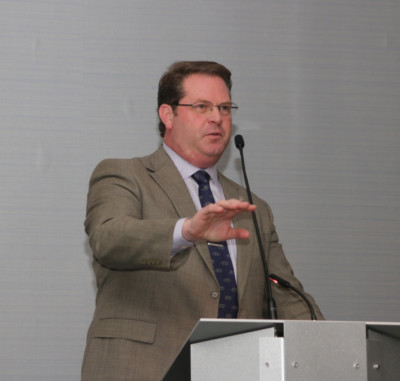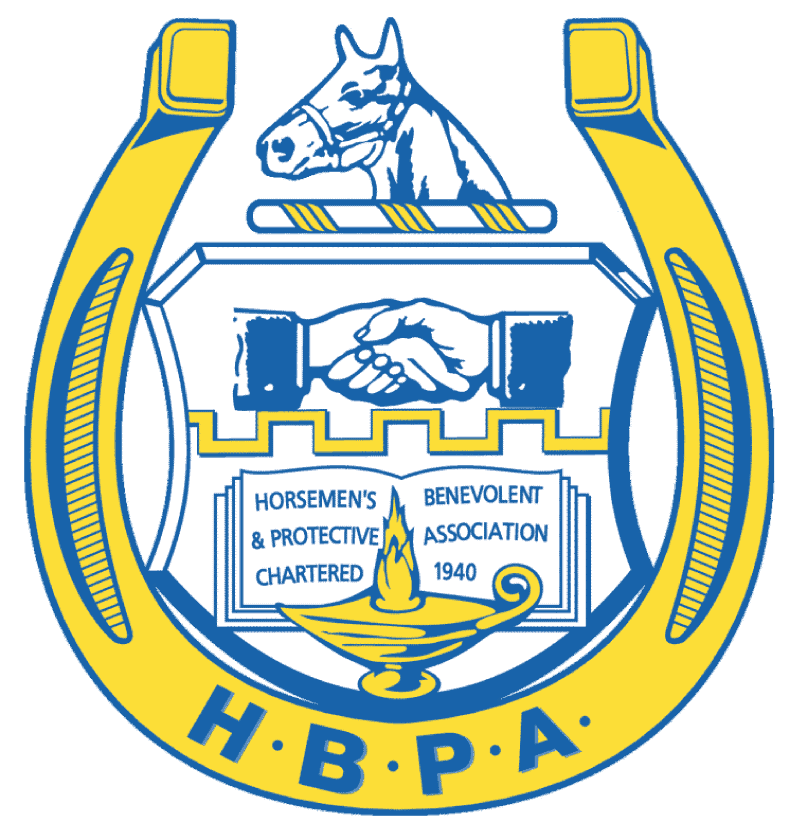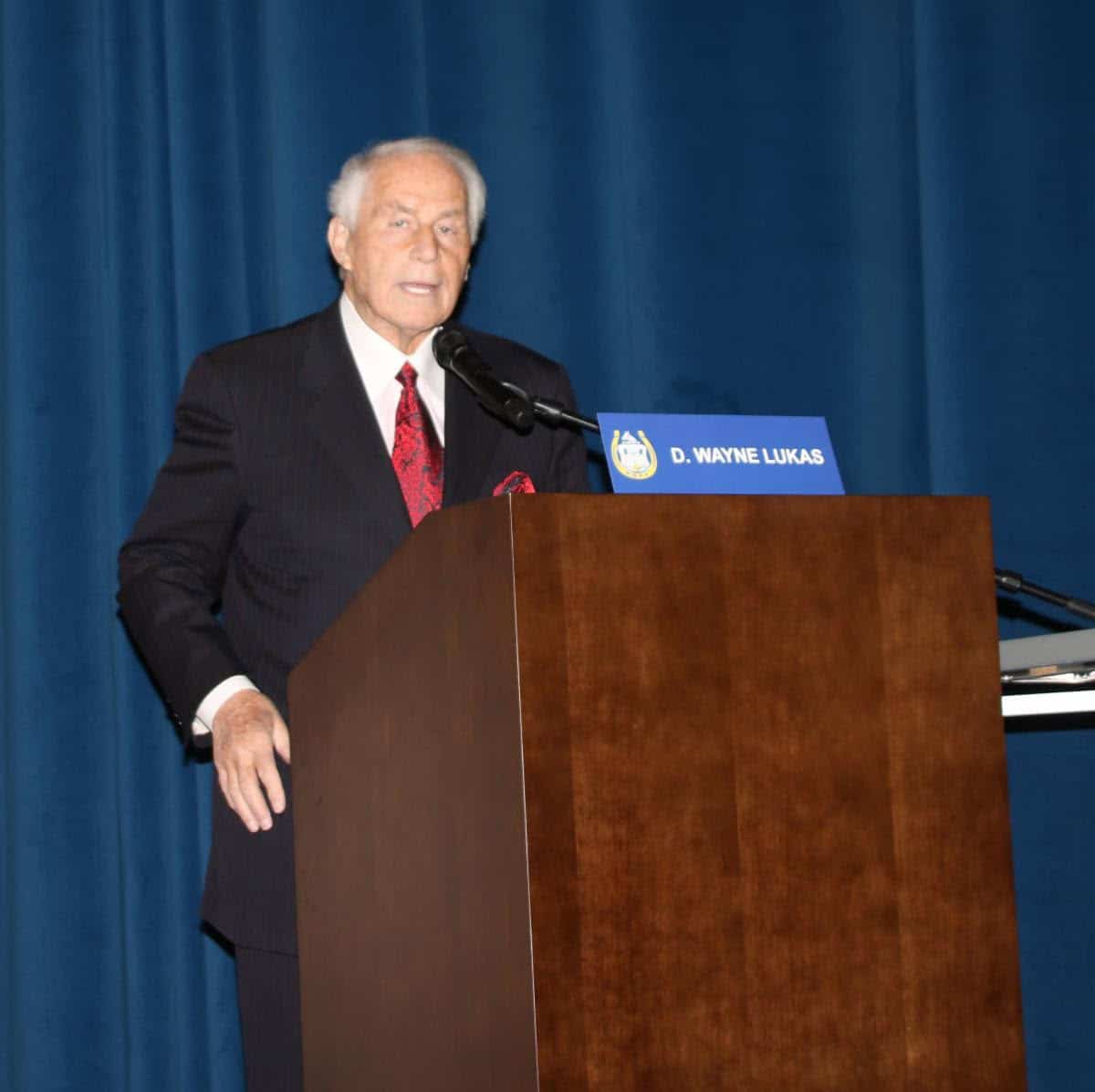National HBPA’s Hamelback: Announced initiative to ban Lasix ‘should not be seen as safety reform’

Eric Hamelback (Photo by Denis Blake/National HBPA)
As CEO of the National Horsemen’s Benevolent and Protective Association (National HBPA) I — along with all HBPA members — am as concerned as any about the recent events in our industry. I firmly believe in having the highest standards of horsemanship. The HBPA is continuously working with industry stakeholders to improve the care, health and safety of our industry’s equine and human athletes.
I have no doubt that everyone in horse racing has a shared goal of keeping our human and equine performers safe and healthy. However, I am disturbed and mystified by the announced initiative by the coalition of racetracks to phase out the use of the anti-bleeder medication furosemide in all 2-year-olds racing at their tracks in 2020 and all stakes races in 2021. Many of us in the industry strongly believe that it is reckless to unilaterally suggest a policy change that directly impacts horses’ welfare without first consulting veterinary leadership or the horsemen’s representatives.
I would hope the industry stakeholders understand the ban on the use of furosemide (commonly known as Lasix) will not prevent horses from suffering catastrophic injuries, and in fact, could cause further harm and should not be seen as a safety reform.
Many of the states affected by this possible ban on Lasix must consider the constitutional implications that will arise. As we find in Kentucky, this edict flies in the face of Attorney General Opinion (OAG 15-017) issued in late 2015 that held a regulation permitting private race tracks to determine whether to hold furosemide-free racing was unconstitutional delegation of the Horse Racing Commission’s authority.
Each catastrophic injury faced at the racetrack is devastating to each and every one of us in the industry. But we also know there are many varied and nuanced conditions and circumstances which cause these tragedies. But the research is clear: Lasix is not a factor. Horses will continue to have injuries without race-day administration of Lasix. However, what also will happen is more horses will experience exercise-induced pulmonary hemorrhaging (EIPH), which is systemic not only in thoroughbreds but equines in general. Lasix has been proven to be effective and preventing or reducing the severity of EIPH for well over 30 years.
In all racing jurisdictions, pain-killers, stimulants and performance-enhancing medications and drugs are prohibited for racing and therapeutic anti-bleeder medication is the only treatment that can be given to a horse on race day. Horse racing has one of the most stringent post-race drug-testing programs among any profession. Lasix programs are highly effective, highly regulated and transparent. It also should be pointed out that running a horse on Lasix is and always has been voluntary; nothing is forcing an owner or trainer to run their horses on the medication.
Lasix is the only scientifically proven and approved treatment for a horse with EIPH, according to the American Veterinary Medical Association (AVMA) and the American Association of Equine Practitioners (AAEP) as well as the North American Association of Racetrack Veterinarians (NAARV). Current industry policy endorses the use of this medication on race day because it is in the best interests of the health and welfare of the horse.
The National HBPA, which represents about 30,000 owners and trainers, is and remains committed to being part of the solution. We are committed to reforms emphasizing transparency that will help address misunderstanding and lack of trust by some of the non-racing public. We are prepared to make some concessions in areas in which we disagree. But our first order of business is to make sure the horses themselves are treated with the highest degree of care.
About the National HBPA
Founded in 1940, the National Horsemen’s Benevolent and Protective Association is the world’s largest Thoroughbred horsemen’s organization, representing approximately 30,000 owners and trainers throughout the United States and Canada. The responsibilities of the NHBPA and its affiliates have greatly expanded as the racing industry has become more complex. In addition to its original general benevolence mission, the HBPA is the leading force for horsemen in negotiating contracts with tracks as well as the advancement of the sport through safety and integrity initiatives, promoting racing and assisting in the development of aftercare programs for retired racehorses.





